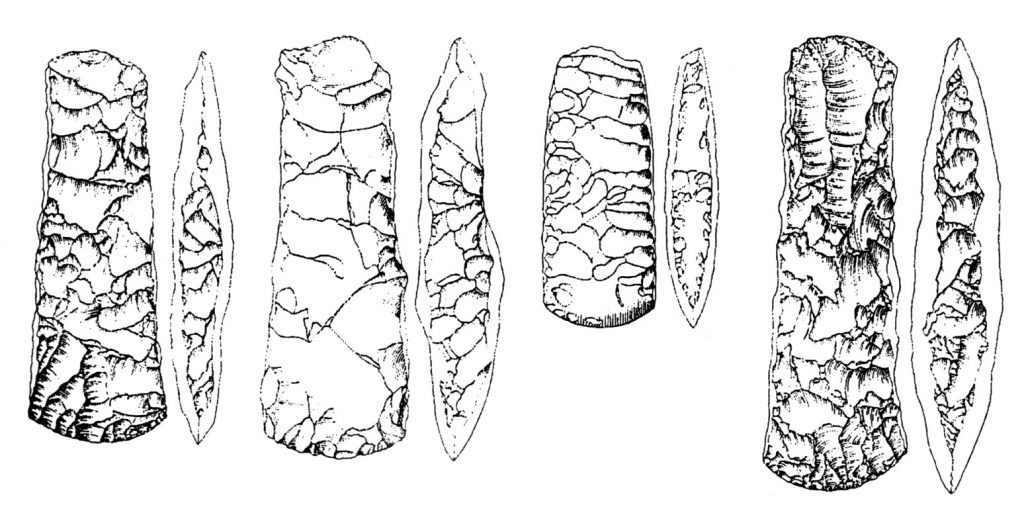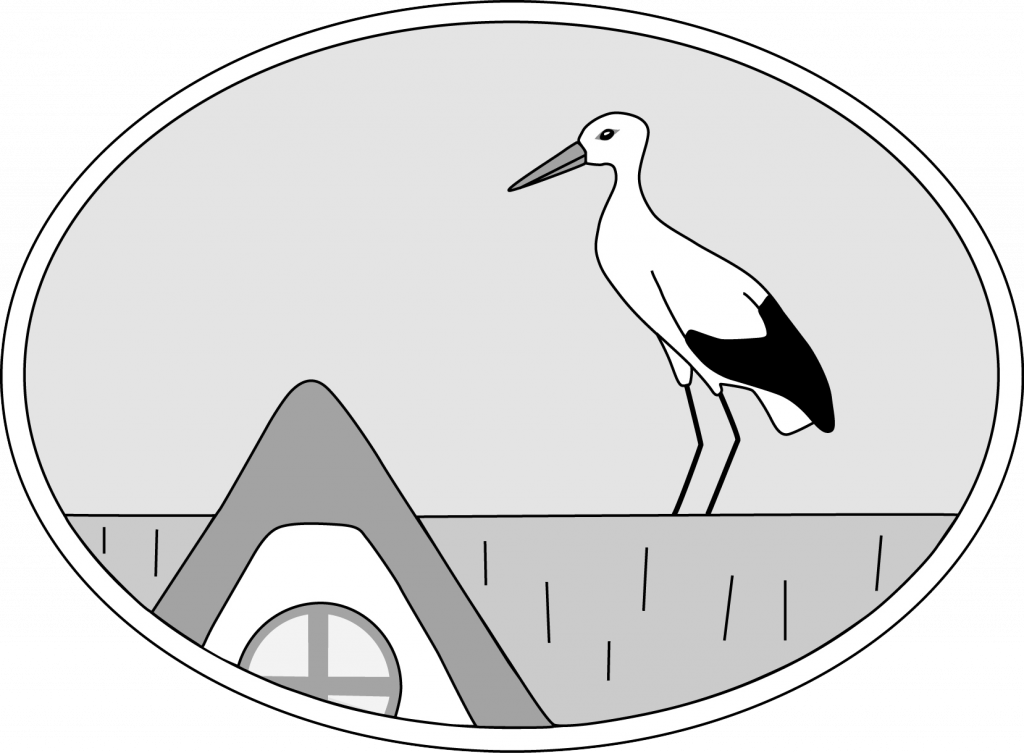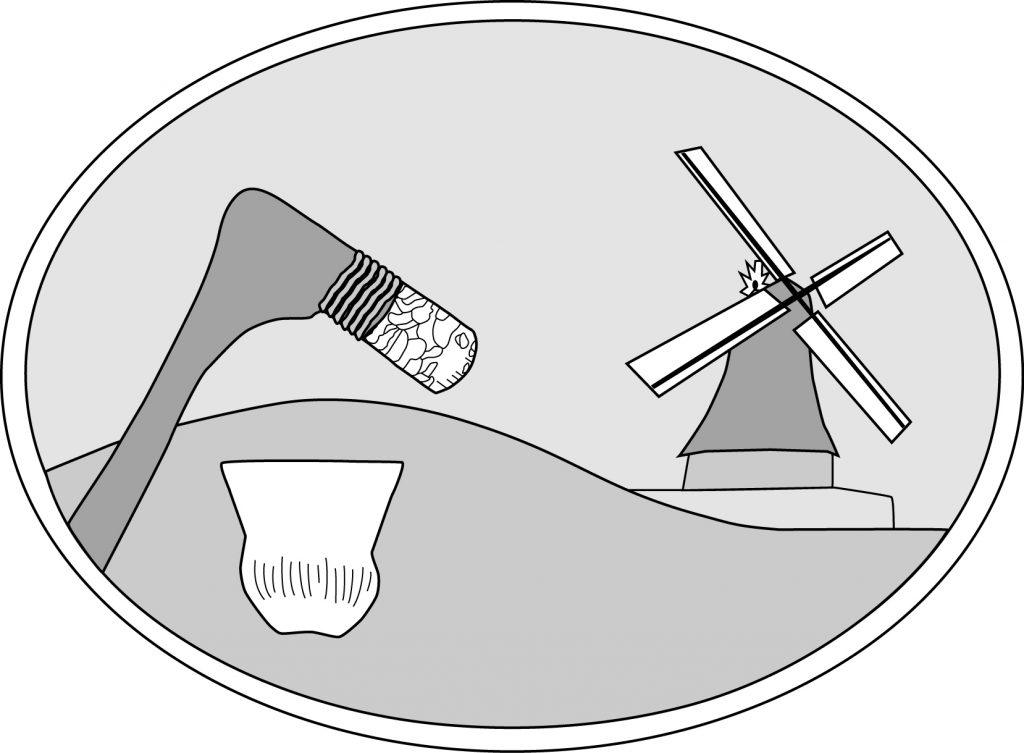
In the Neolithic Age, about 6000 years ago, man first began to use the surrounding environment to meet his needs: the forests were cleared to obtain building materials as well as to make room for arable and pasture land. This is also evidenced by the discovery of some flint axe blades, which were found on the ground moraine west of what is now the village of Bergenhusen.
The people of the so-called Funnel Beaker Culture (4200-2800 BC) were the first settled farmers and cattle breeders in northern Germany. This culture was named after clay cups with a funnel-shaped neck. A complete specimen of such a funnel beaker was found as early as 1936 north of Bergenhusen near Wohlde. From Bergenhusen itself we only know of single finds of stone axes. Most of the finds come from the area between Papenbrook, Brunsholm and the former railroad station, so that there was obviously a main settlement area here in the Neolithic period. A large amount of flint chips found north of the present village indicates another possible settlement site.
The first evidence for the use of wheels and carts as well as most of the large stone graves, common throughout northern Germany, also date from the same period. These megalithic tombs were built as burial places for a large family or a whole community. One such megalithic grave can be visited in the north of Schwabstedt.



